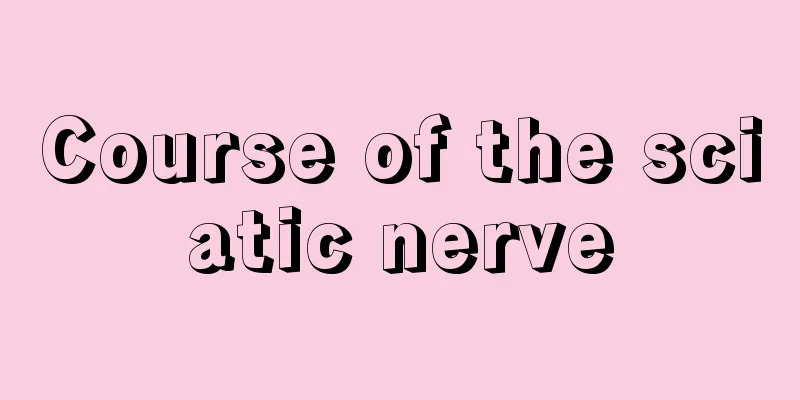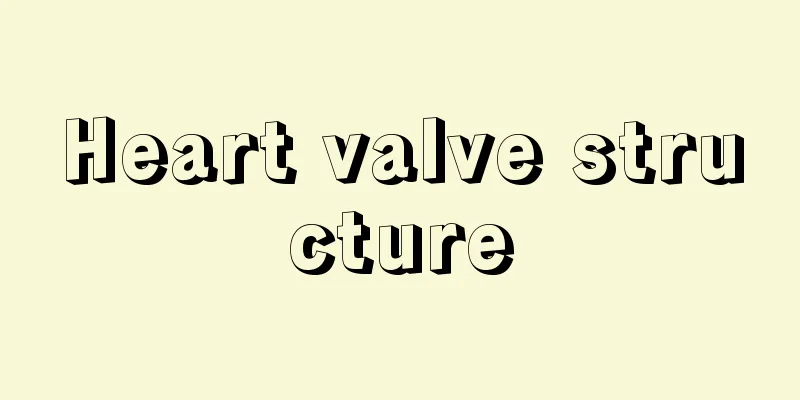The regulation methods and characteristics of human functional activities

|
There are many systems in our body. The most common ones are the nervous system, the humoral system, the immune system, etc. These systems are mainly used to help us regulate the various tasks of the body and enable us to complete some specified actions. However, most of these instructions are emitted from our nervous system and sent to our limbs. So what are the regulation methods and characteristics of human functional activities? The main ones are neural regulation, humoral regulation, and immune regulation. Neuromodulation is fast, accurate, and local. Fluid regulation is slow, wide-ranging, and long-lasting. Neural regulation plays a leading role in controlling humoral regulation, and humoral regulation also affects neural regulation. Immune regulation maintains its own relative stability through immune function, and is also controlled by neural regulation and affected by humoral regulation. 1. Neuroregulation refers to the regulation of various tissues, organs, and systems of an organism through the activities of the nervous system. Its characteristics are accuracy, rapidity and short duration. The basic process of neural activity is reflex, which refers to the regular response of animals or humans to changes in internal and external environments with the participation of the central nervous system. The structural basis of reflex is the reflex arc, which includes five basic links: receptor, afferent nerve, nerve center, efferent nerve and effector. Receptors are organs that receive stimuli, and effectors are organs that produce responses; the centers are in the brain and spinal cord, and afferent and efferent nerves are pathways that connect the centers to receptors and effectors. 2. Humoral regulation: Some chemical substances (hormones, metabolites) produced in the body regulate the functions of certain systems, organs, tissues or cells of the body through humoral pathways (blood, tissue fluid, lymph fluid). It is characterized by slow, long-lasting and diffuse action. Humoral regulation refers to the regulation of the physiological activities of humans and animals by certain chemical substances through the transmission of extracellular fluid. The various hormones secreted by many endocrine cells regulate the body's functions through the pathway of fluid circulation. 3. Autoregulation is the process by which tissues and cells adaptively respond to stimuli without relying on neural and humoral regulation. The characteristic is that the adjustment range is small. |
<<: Exercises to improve cardiopulmonary function
>>: Functions of the left and right kidney
Recommend
For patients with osteoarthritis, taking medicine this way is the most effective!
Osteoarthritis is a very common disease in daily ...
What should I do if my heels hurt when I wear high heels
High heels are a product that can increase women&...
The best way to conceive with a retroverted uterus
Retroverted uterus is a common position of the ut...
How to clean a new teapot?
Drinking tea has been passed down from ancient ti...
What causes sore feet?
Nowadays, many people walk for a long time, and t...
Umbilical varicose veins?
Umbilical varicose veins are a very common phenom...
What to do to fight bacterial infection
It is said that human beings are the smartest ani...
What is Iron Stick Yam
I believe that everyone is not so unfamiliar with...
Metastatic pathways of endometrial cancer
Endometrial cancer has no obvious symptoms in the...
My teeth became sore after using the teeth whitening device
Teeth whitening devices are mainly used to whiten...
What is the best way to treat claustrophobia?
Many people suffer from claustrophobia in their d...
Can I wear contact lenses if I have small eyes?
People should know that small eyes are a disease ...
Several common causes of lymphoma
Lymphoma is a common cancer of lymphocytes or cel...
How to care for pancreatic cancer after surgery
In recent years, pancreatic cancer has become one...
Anti-rabies virus serum
Many friends like to keep pets. Some pets have ve...









